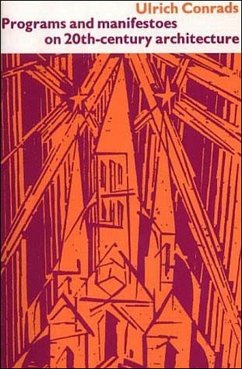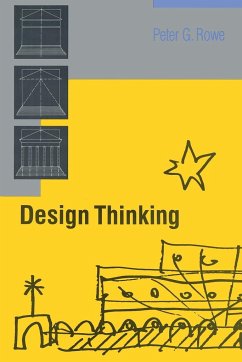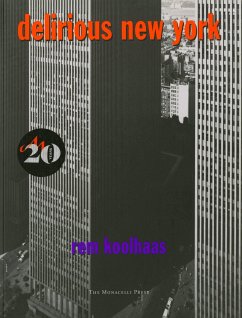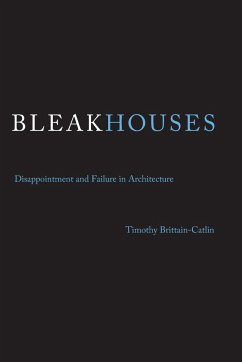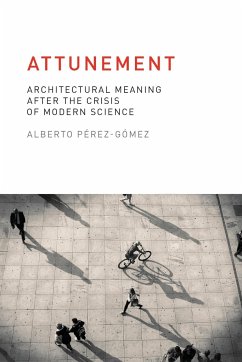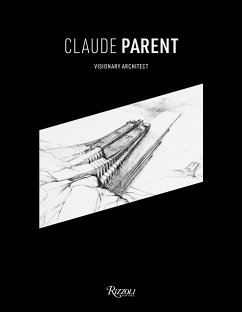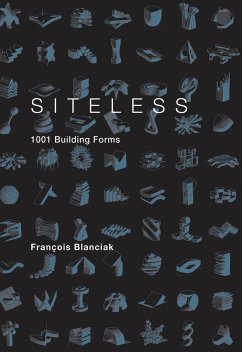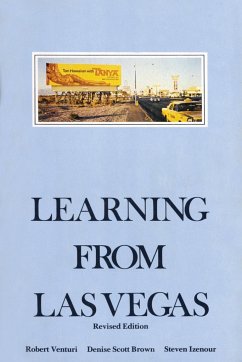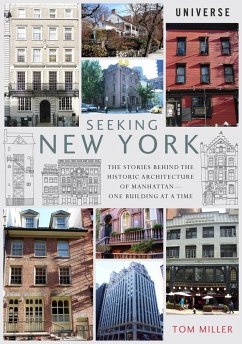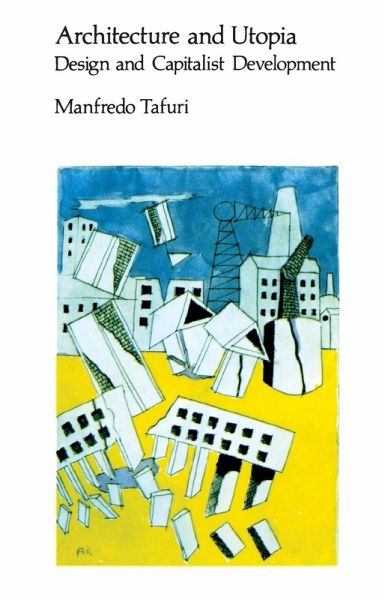
Architecture and Utopia
Design and Capitalist Development
Übersetzung: La Penta, Barbara Luigia
Versandkostenfrei!
Versandfertig in 1-2 Wochen
36,99 €
inkl. MwSt.

PAYBACK Punkte
18 °P sammeln!
Architecture and Utopia leads the reader beyond architectural form into a broader understanding of the relation of architecture to society and the architect to the workforce and the marketplace.Written from a neo-Marxist point of view by a prominent Italian architectural historian, Architecture and Utopia leads the reader beyond architectural form into a broader understanding of the relation of architecture to society and the architect to the workforce and the marketplace. It discusses the Garden Cities movement and the suburban developments it generated, the German-Russian architectural exper...
Architecture and Utopia leads the reader beyond architectural form into a broader understanding of the relation of architecture to society and the architect to the workforce and the marketplace.
Written from a neo-Marxist point of view by a prominent Italian architectural historian, Architecture and Utopia leads the reader beyond architectural form into a broader understanding of the relation of architecture to society and the architect to the workforce and the marketplace. It discusses the Garden Cities movement and the suburban developments it generated, the German-Russian architectural experiments of the 1920s, the place of the avant-garde in the plastic arts, and the uses and pitfalls of seismological approaches to architecture, and assesses the prospects of socialist alternatives.
Written from a neo-Marxist point of view by a prominent Italian architectural historian, Architecture and Utopia leads the reader beyond architectural form into a broader understanding of the relation of architecture to society and the architect to the workforce and the marketplace. It discusses the Garden Cities movement and the suburban developments it generated, the German-Russian architectural experiments of the 1920s, the place of the avant-garde in the plastic arts, and the uses and pitfalls of seismological approaches to architecture, and assesses the prospects of socialist alternatives.






